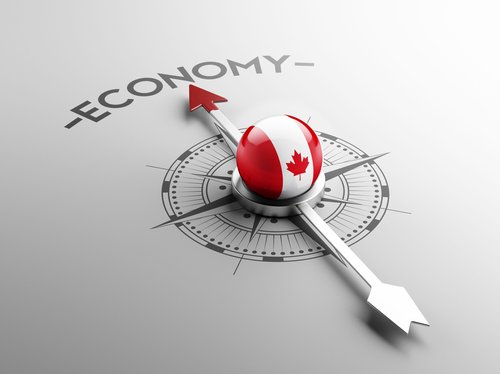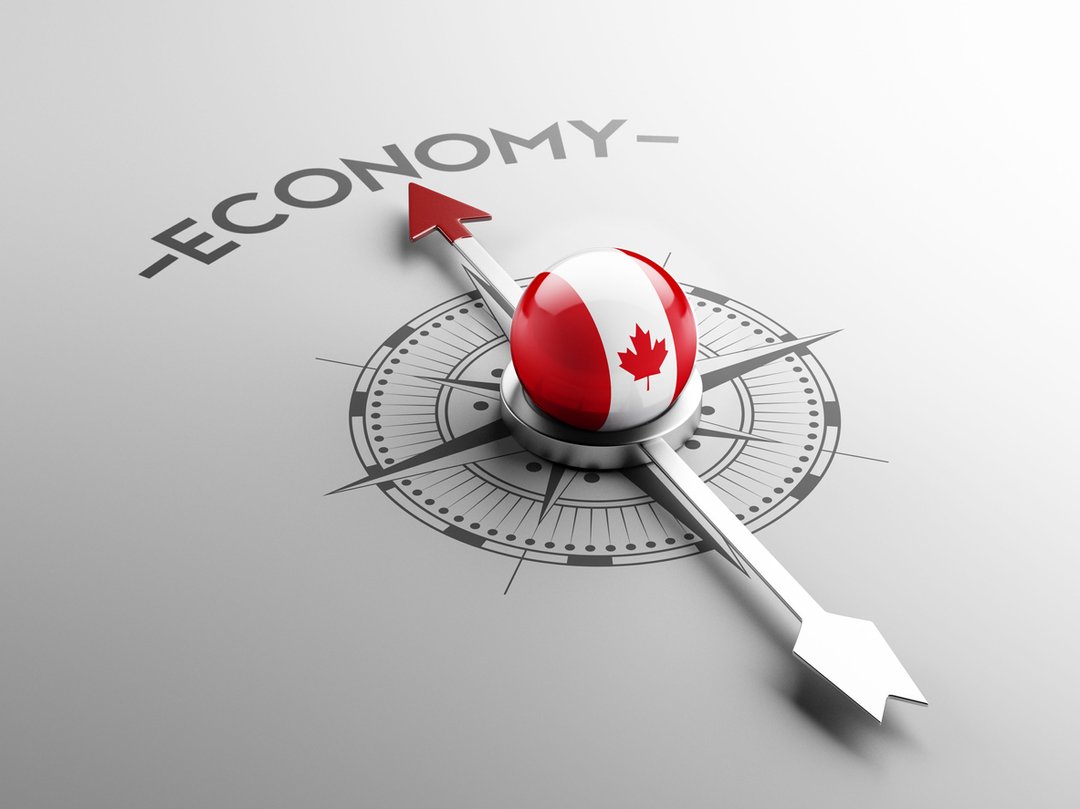
When higher interest rates pinch consumers and the economy slows, people start thinking twice about pricey trips down south, extravagant restaurant meals and vehicle upgrades.
Discretionary purchases are usually first on the chopping block in times of economic anxiety, with people understandably focusing on their core needs: shelter, food and utilities.
This, however, is not a typical economic cycle, and the usual assumptions about how the economy will react to higher interest rates are being shoved aside, at least temporarily.

iStock-687282770
Consider that Royal Bank of Canada clients are spending about 30 per cent more than before the pandemic – a level of consumption that has yet to drift lower. The trend is similar among Toronto-Dominion Bank clients, who have continued to ramp up their spending this year.
The ongoing frenzy is not tough to find. Clothing stores enjoyed a 24-per-cent rebound in sales volumes in 2022 year-over-year, according to Statistics Canada. Sports equipment was flying off the shelves last year. And sales are perking up at car dealerships, now that inventory is finally improving.
Traditional economic models – based on past experiences of how people responded to tighter lending conditions – are struggling to make sense of this moment, said Beata Caranci, chief economist at TD.
In a recent report, Ms. Caranci said consumers appeared to be “somewhat desensitized” to higher interest rates, with their finances propped up in various ways. As a result, the lag effects of monetary policy decisions could take longer to materialize.
“Consumers certainly are not behaving like they’re overly concerned at this point,” Ms. Caranci said in an interview. “I would have thought we would see some tapering off” by now.
To be sure, the Canadian economy is going through an adjustment. Economic growth ground to a halt – zero per cent – in the fourth quarter. However, that was largely owing to a sharp reduction in inventory orders from the record levels we saw when supply chains were stretched.
The Bank of Canada is intentionally trying to curb demand as part of its inflation-busting campaign, which has seen the bank’s policy rate climb to 4.5 per cent from 0.25 per cent in less than a year, the quickest pace of monetary policy tightening in decades.
Even so, household spending rose 2 per cent on an annualized basis in the fourth quarter. Consumers were undoubtedly helped by a recent spike in government transfers. For instance, the federal government doubled the GST tax credit with a one-time payment, while many provinces sent cheques to their residents, ostensibly to help with the cost of living.
Personal finances have been bolstered by another key trend: Companies are holding on to their workers, at least for now. Over the past three months, employment in Canada has risen by 241,000. The unemployment rate, at 5 per cent, is just a tick above the all-time low.
Based on early data, the economy has rebounded sharply in the first quarter. Many financial analysts had predicted a recession would be under way by now; instead, they are pushing back the start date of those contractions. A soft landing remains a possibility, with inflation brought under control without a large rise in unemployment.
For many industries, the current environment looks nothing like a recession.
The “average basket size has not changed. The average selling price has not changed. The number of units have not changed,” said Jennifer Wong, the chief executive officer of Aritzia Inc., the Vancouver-based women’s clothing retailer, on an earnings call in January. “We’re looking at all these indicators, and so far for us, the consumer demand is not letting up.”
The combination of rising interest rates and slowing growth is usually a recipe for disaster in the auto sector. But vehicle dealers are poised for an upturn this year.
Car production was hampered for much of the past three years by a shortage of computer chips, resulting in weaker sales and rollicking inflation for both used cars and whatever new vehicles were available.
As dealers start to replenish their lots, they’re finding that many people are ready to buy – despite the higher costs of financing those vehicles.
“Common sense is if you increase the price of the product, and make it more expensive to finance, it’s gonna slow things down,” said Chad Zender, the president of Ford and Stellantis dealerships in Spruce Grove, Alta., just outside of Edmonton. “But so far, especially in 2023 on both brands, the sales rate is higher than it was last year.”
Since 2020, households in Canada have collectively saved more than $400-billion – a sum that is way higher than usual – thanks to pandemic income supports and fewer spending options, particularly during the acute phases of the crisis. These savings have mostly accrued to wealthier households, who have a higher propensity to spend on restaurants and travel.
RBC clients are spending as much as ever on discretionary services. “As of right now, we’re still seeing that pent-up demand playing out,” said Carrie Freestone, an RBC economist.
Not every industry has been spared. The consumer shift to services has been jarring for most durable goods – especially those associated with an ailing real estate market.
In volume terms, sales fell 8.4 per cent in 2022 at furniture stores – a reversal of the spending boom in the early days of the pandemic.
After dealing with the supply chain chaos of 2020 and 2021, retailers placed big orders with their suppliers, hoping to get whatever they could. Some are now sitting on a glut of inventory – and consequently ordering a lot less.
“Supply chains have improved 1,000 per cent, and that’s primarily because retail orders are down,” said Jim Estill, the CEO of Danby Appliances Ltd., based in Guelph, Ont.
These inventory decisions have a ripple effect across the supply chain. After a period of exuberance, shipping rates have plummeted to pre-2020 levels, and import volumes at major ports have tumbled. Several analysts have called this a “freight recession.”
Mr. Estill said Danby is selling slightly less today than before the pandemic. Still, he remains fairly upbeat about the economic climate. “I do not see a major recession. I see a light belt tightening.”
Bank of Canada officials have stressed that it takes time – often 18 to 24 months – for rate decisions to fully affect the economy. The central bank started to raise interest rates just over a year ago, and as of January it has conditionally paused its hiking campaign.
Ms. Freestone of RBC said it’s likely that the Bank of Canada’s moves haven’t fully transmitted to the economy.
“It’s just very difficult to envision a situation where we have rates rising at the fastest pace since, arguably, the nineties and we don’t see that erode some level of demand for essentially discretionary purchases,” she said. “Going forward, rationally it makes sense that we’ll expect to see a pullback, but the question is just when is it going to show up in the data.”
There is, of course, the possibility that rates still aren’t high enough to subdue a resilient consumer and, therefore, inflation. If anything, price pressures have held firm in the U.S. and Europe this year. (Inflation is slowing more rapidly in Canada.)
Central banks are being pulled one way by fears of financial instability, after the recent collapse of three U.S. regional banks and the emergency takeover of Credit Suisse, and the opposite way by high inflation at risk of becoming entrenched. Analysts are split on whether the U.S. Federal Reserve will raise interest rates at its next meeting in May.
“There is a downside to that resiliency” in demand, said Doug Porter, chief economist at Bank of Montreal. “It may well mean that rates will have to stay higher for longer to crack inflation.”
Comments are closed.
